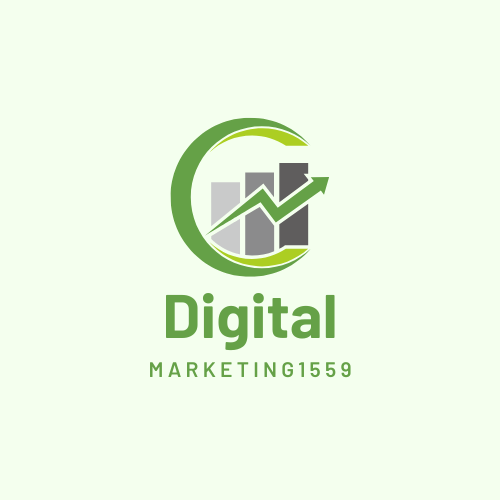In the dynamic realm of marketing, the battle between traditional and digital strategies has been a topic of debate for years. Both methodologies have their merits, but they also come with distinct characteristics that cater to different audiences and objectives. Understanding these differences is crucial for businesses aiming to forge a robust marketing strategy. In this blog, we will dissect the disparities between traditional and digital marketing, shedding light on their respective strengths and weaknesses.
Traditional Marketing: Time-Honored Foundations
1.
Channels and Mediums:
Traditional
marketing encompasses the age-old methods that have stood the test of time.
This includes print media (newspapers, magazines, brochures), broadcast
(television and radio), direct mail, billboards, and face-to-face interactions
like networking events and trade shows.
2.
Tangibility and Memorability:
The tangible
nature of conventional marketing is one of its main advantages. Physical
collateral, like a well-designed brochure or a striking billboard, can leave a
lasting impression on the audience. Additionally, many people find it easier to
remember information received through physical mediums.
3. Local
and Targeted Reach:
For
businesses targeting a local or specific demographic, traditional marketing can
be highly effective. Local newspapers, radio stations, and events allow for
precise targeting in a concentrated area.
4. Trust
and Credibility:
Traditional
marketing channels often have a sense of authority and credibility associated
with them. A mention in a reputable magazine or a TV feature can enhance a
brand's trustworthiness.
5.
Limited Interactivity and Analytics:
One of the
drawbacks of traditional marketing is the limited interactivity with the
audience. It’s challenging to measure the effectiveness of a billboard or a
newspaper ad, making it harder to fine-tune strategies.
Digital Marketing: The Modern Frontier
1.
Channels and Platforms:
Digital
marketing encompasses a vast array of channels, including websites, search
engines, social media, email, content marketing, pay-per-click advertising, and
various other online platforms.
2. Global
Reach and Accessibility:
The internet
knows no bounds, and digital marketing allows businesses to reach a global
audience. With the right strategies, even small enterprises can compete on a
global scale.
3.
Real-Time Analytics and Optimization:
One of the
standout advantages of digital marketing is the ability to track and measure
every aspect of a campaign. With tools like Google Analytics, businesses can
gather detailed data on their audience’s behavior, allowing for real-time
adjustments to optimize performance.
4.
Cost-Efficiency and Scalability:
Digital
marketing is often more cost-effective than traditional methods. Tools like
social media advertising and email marketing can reach a large audience at a
fraction of the cost of a traditional campaign. Moreover, it’s highly scalable,
allowing businesses to adjust budgets and strategies as needed.
5.
Interactivity and Engagement:
Digital
marketing encourages two-way communication. Social media platforms, for
example, allow for immediate interactions with the audience. This fosters a
sense of community and brand loyalty.
6. Rapid
Adaptation to Trends:
The digital
landscape is constantly evolving, and digital marketing allows for rapid
adaptation to new trends and technologies. This agility is crucial in an
ever-changing market.
The
Synergy of Integration
While both
traditional and digital marketing have their strengths and weaknesses, the most
successful marketing strategies often involve a fusion of the two. This
approach, known as integrated marketing, leverages the best of both worlds. For
instance, a business may use traditional channels to establish brand
credibility while employing digital strategies for precise targeting and
analytics.
Conclusion
The choice
between traditional and digital marketing should be driven by the specific
goals, target audience, and budget of a business. While the marketing landscape
continues to evolve, the symbiotic relationship between these two approaches
remains a powerful tool for businesses seeking to carve their niche in the
competitive world of marketing.
















0 Comments